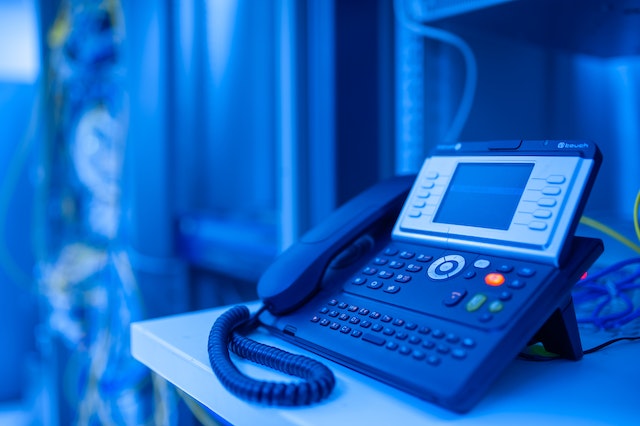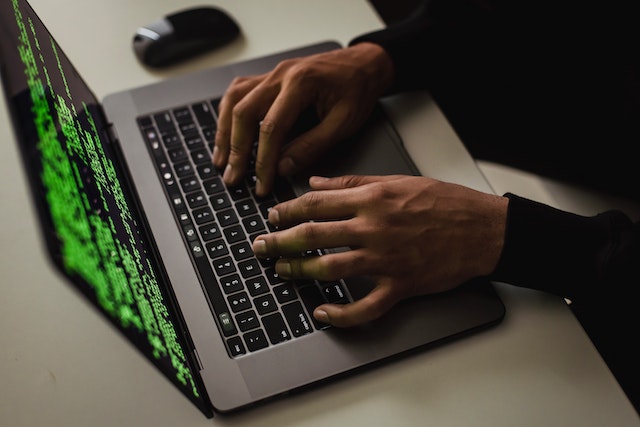Top Security Measures to Protect Your VoIP Phone System From Cyber Threats

Photo by panumas nikhomkhai from Pexels
Cyber threats are bound to happen, but a few best practices can protect your VoIP system. Start by ensuring your wireless network router uses a VPN to secure incoming and outgoing calls. Here's an Ooma guide that could help you through the process.
Also, choose a top VoIP provider that offers top-class network protections optimized for voice and data. These tools can help prevent data breaches, disruptions, and fraud.
Encryption
VoIP calls use the internet for transmission, which makes them vulnerable to cyberattacks. One of the best ways to protect your system is with encryption, which scrambles data packets during transit so authorized parties can only read them. Look for a VoIP provider with this feature and choose one that adheres to industry standards and compliance certifications to reduce your risk of a data breach.
Another common VoIP security threat is vishing, a phishing attack that targets business VoIP users by stealing credentials from their employees. Criminals can then access a company's phone systems, listen to conversations, rack up high-cost international calls, or steal commercial information.

Photo by cottonbro studio from Pexels
A good way to avoid a vishing attack is to have a password-protected network with NAT, which masks your VoIP phones' private IP addresses from the open internet. Adding this security measure also helps reduce the likelihood of malware infiltrations by blocking incoming malicious traffic.
Authentication
Authentication is one of the best ways to prevent hacking incidents that could lead to data breaches, extortion, or fraud. Role-based access settings are a great way to restrict features that your team won't need, such as international calling, and you can enable geofencing to block calls to or from certain regions. Look for a VoIP provider that uses native authentication and authorization mechanisms to guarantee permissions and access data through verified protocols.
Cybercriminals often use the information relayed through a VoIP phone system to commit fraud and theft, including spoofed caller ID and call tampering. Man-in-the-middle attacks, a common threat on public and unsecured Wi-Fi networks, allow hackers to intercept phone calls and reroute them to their servers. Regular review of call logs to look for abnormal activity, such as spikes in phone usage during off hours or unusual call duration and destinations, can alert you to potential risks. For example, a spoofed caller ID can result in toll fraud, where the victim is charged for long-distance or premium-rate phone calls.
Monitoring
Many VoIP systems come with a default password that can be used to gain access. Change the password to a strong one that uses a mix of capital letters, numbers, and special characters, adhering to password best practices. This will make it harder for hackers to crack your business VoIP system.
It's also important to monitor your VoIP system for malware and viruses. Regular network infection checks, software updates, and hardware firewalls can help prevent these cyber threats from entering your data networks.

Photo by Sora Shimazaki from Pexels
Select a business VoIP provider with industry-leading security and compliance certifications to protect your data and avoid costly phishing attacks. This will give you peace of mind that your business is protected from cyberattacks. Choosing a solution that offers NAT (network address translation) is also important, which hides your devices' private IP addresses from the outside world. This ensures that hackers won't be able to manipulate your VoIP device remotely.
Training
VoIP systems relying on the internet are vulnerable to malware attacks that can interfere with network bandwidth and cause signal breakdowns. Training employees to use strong passwords, avoid public Wi-Fi networks, and update all devices will help protect your system from this threat.
Aside from eavesdropping, other threats include denial-of-service attacks that flood your phone system with data to disrupt its functions and phishing attacks that trick users into providing valuable information. A hacked VoIP system can also make long-distance and international calls to premium-rate numbers charged to your account, resulting in toll fraud.
To prevent these risks, your team should be trained to report any unusual call activity and suspicious behavior to IT staff. Similarly, a scheme should be implemented to instantly wipe employee devices in the event of a security breach. Keeping an eye on call logs will help your team discover any unusual patterns or inconsistencies that could indicate a VoIP security breach.









